Acupuncture is great as a stand alone modality but it also works well in combination with other treatments. I find pregnant women are really responsive to acupuncture as they are often so energetically open during this time.
Acupuncture can:
- help regulate hormones and the nervous system
- enhance circulation which helps create healthy reproductive organs
- help alleviate anxiety and depression
- help with morning sickness and threatened miscarriage
- help digestion, which is key to having a healthy pregnancy and baby
- boost the immune system
- help with physical aches and pains like back and hip pain
- helpful for healing wounds, scars, hemorrhoids and varicosities
- be a fantastic treatment for after the birth to increase yang energy and help the new mother heal
In Traditional Chinese Medicine we believe that it is much better to maintain your health rather than treat illness. If you have chronic health issues, or if you have a history of a problem in a previous pregnancy then I would encourage some regular treatment to try and prevent problems. It's usually easier to get on top of a problem at the beginning than a few months down the track.
How do you support clients who are needle-phobic when they come in for acupuncture visits?
I am quite gentle with my needling and approach. I use very good quality, fine needles in my treatments so the insertion is pretty comfortable. We do aim to get a 'de qi' sensation which is often a dull, achey or even itchy sensation, this generally subsides and isn't painful. Generally the anticipation is worse than the reality.
Acupuncture is very effective for helping to induce labour when it’s required. This is a really strong treatment and it can take a couple of sessions to really kick start labour. I suggest starting earlier rather than later if medical induction is looking likely.
What about helping turn breech babies?
Yes, acupuncture can be useful for helping turn a breech baby. This is best done between 34 and 35 weeks if possible. Statistically about 50% of babies breech at 34 weeks will turn head down by the time of labour with no intervention, using moxa and acupuncture brings this up to around 75%. I generally suggest women do the moxa in conjunction with the moves on the 'spinning babies' website, to really encourage that movement.
Are there any common misconceptions about acupuncture that you want to clear up?
In the Northern Rivers many people are pretty open to complementary medicine and are quite savvy about their health options.
One of the main issues that concerns me is that not all people who call themselves acupuncturists are actually qualified. Please make sure that you are seeing an appropriately qualified practitioner, especially during pregnancy. Some practitioners do a 2 or 4 day training course in needling and say they do acupuncture, or sometimes it is called dry needling. Registered acupuncturists do a 4 year degree. You can check practitioners registration as an Acupuncturist with AHPRA.
In the initial consult we spend over an hour getting a thorough history and understanding the constitution of the person. In Chinese Medicine we generally try to be holistic and treat the individual, rather than the condition.
Once I have the history and information that I need we get the woman comfortable on the table. I will then usually take her pulse and then insert around 8 needles at the points I feel will most help her.
I may do some moxa if that is required and then I will leave her to breath and relax and listen to some music.
Most people find it pretty relaxing. Acupuncture stimulates the parasympathetic nervous system, or the rest and digest aspect of our nervous system, so most people leave feeling pretty chilled out.
What is your favourite part of your job?
I work in fertility and pregnancy and I love the balance in my job. Fertility is so rewarding when women who have been struggling to conceive finally get pregnant. It can be a long and challenging journey to get there for some.
Women are so responsive during pregnancy, so I love that I can get fast results and make a really big difference to how someone is experiencing their pregnancy. If a woman has been feeling anxious, sick, or in pain, it’s really rewarding to help her shift to feeling relaxed and comfortable again. And I get to see and chat about all the amazing things a body can do during pregnancy and birth, and I get excited for them about meeting their babies for the first time.
Elissa works out of the Lismore Birth House and the Bangalow Health Centre. You can find out more at www.elissapelling.com.au
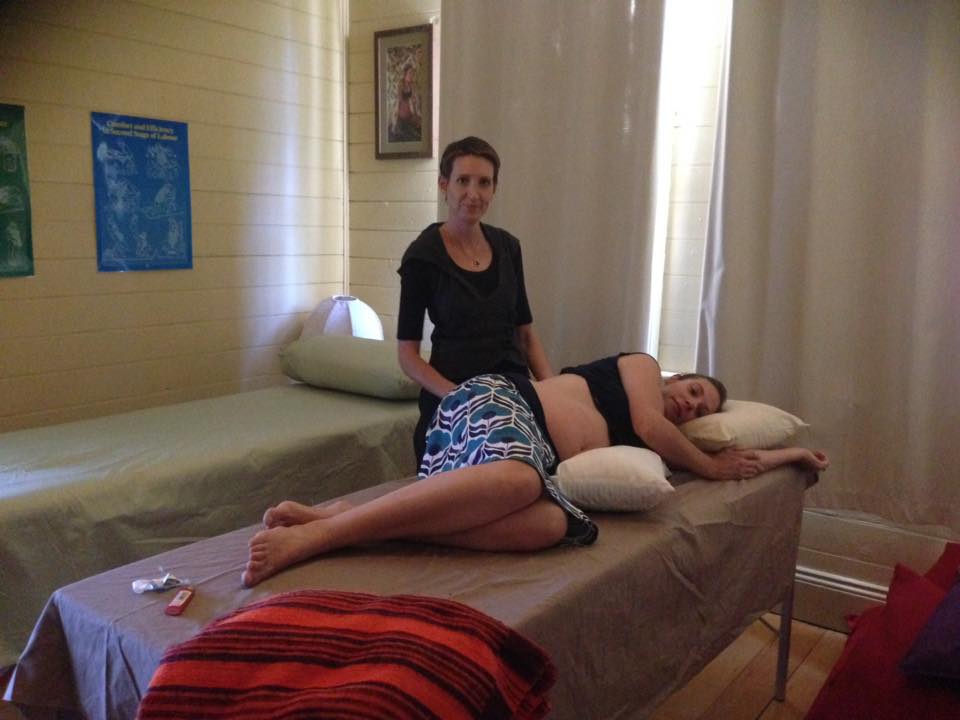
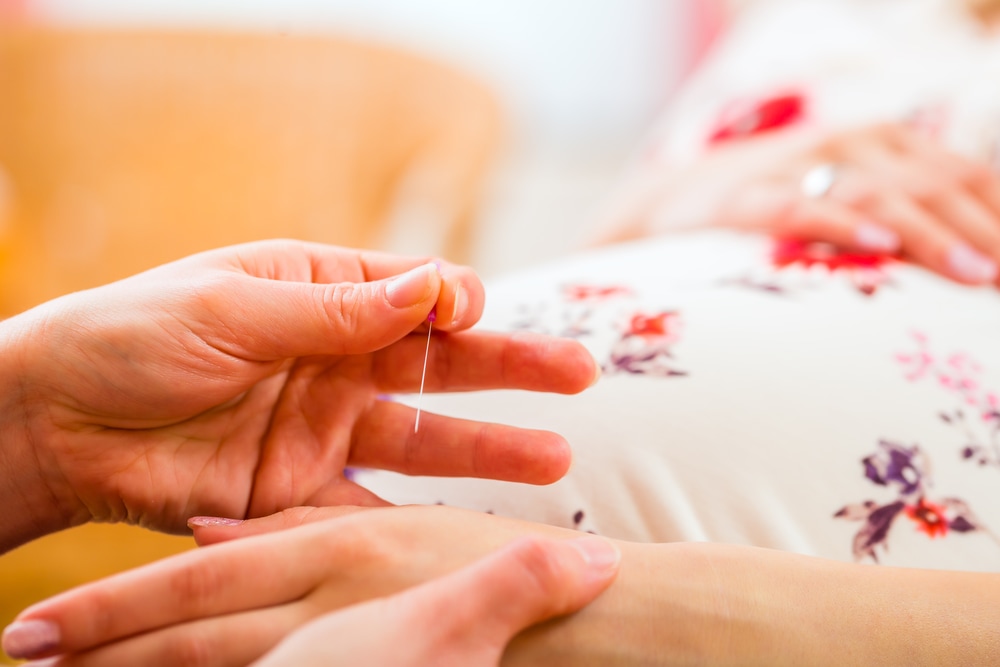
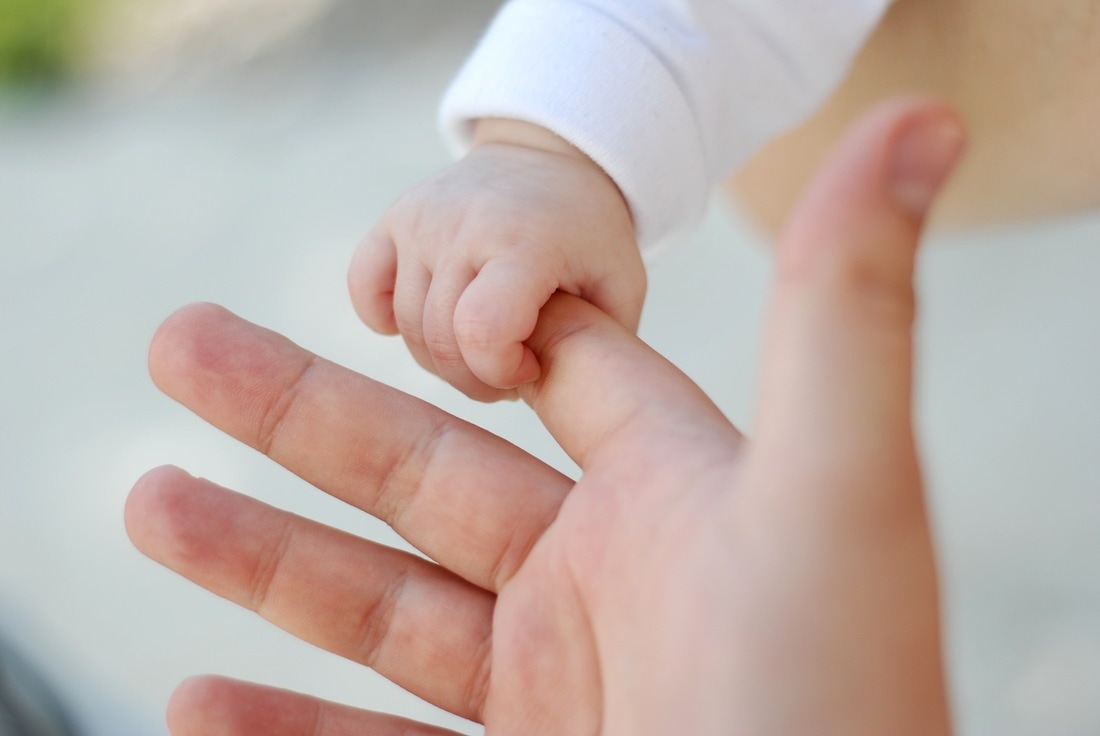
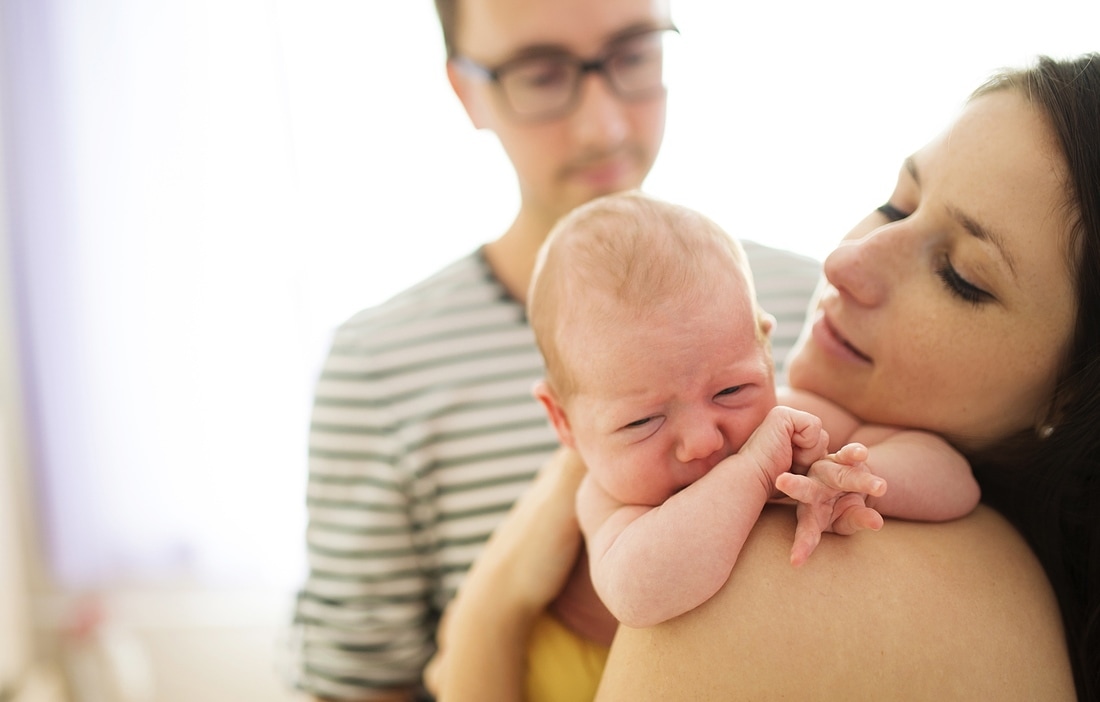

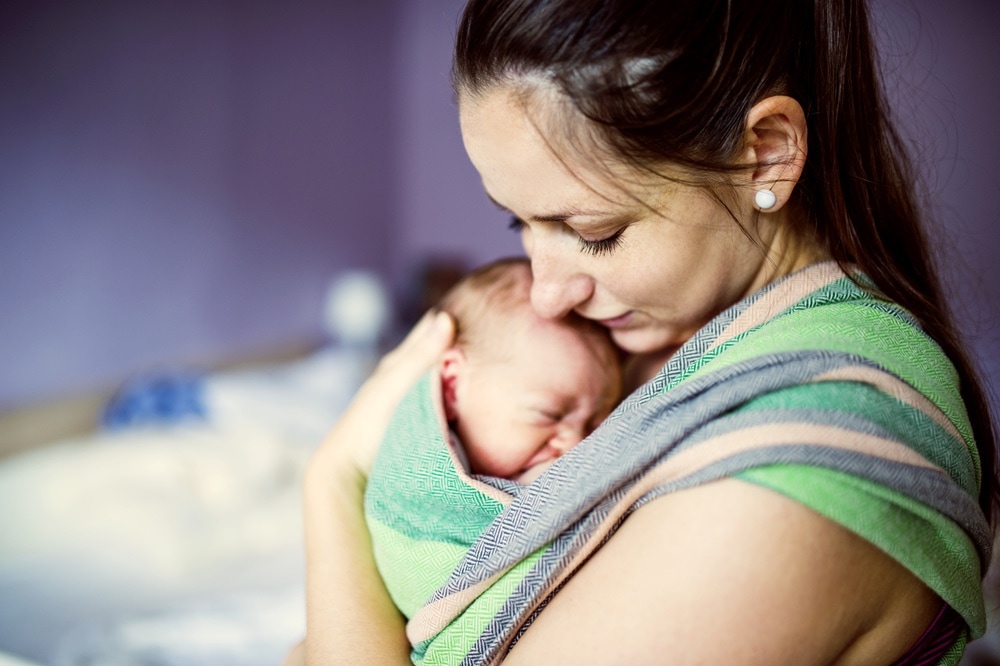
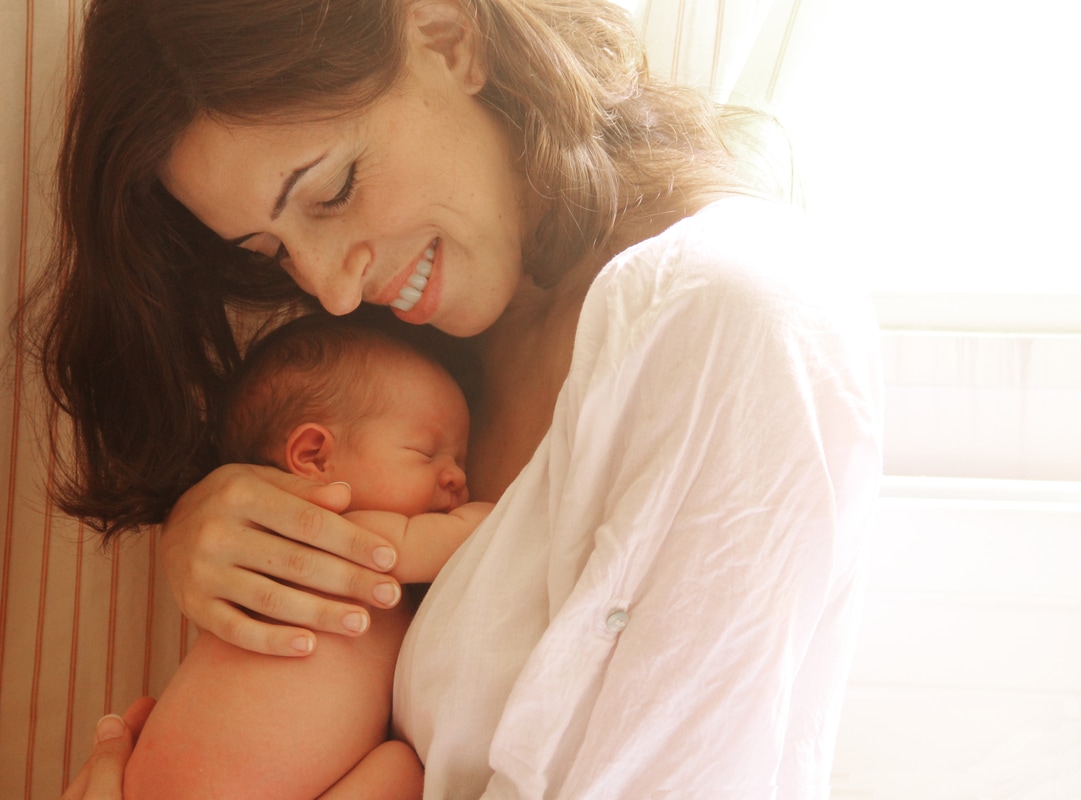
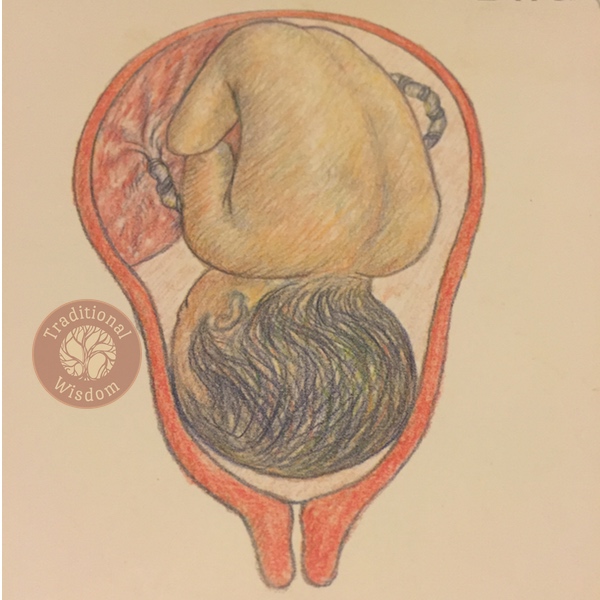
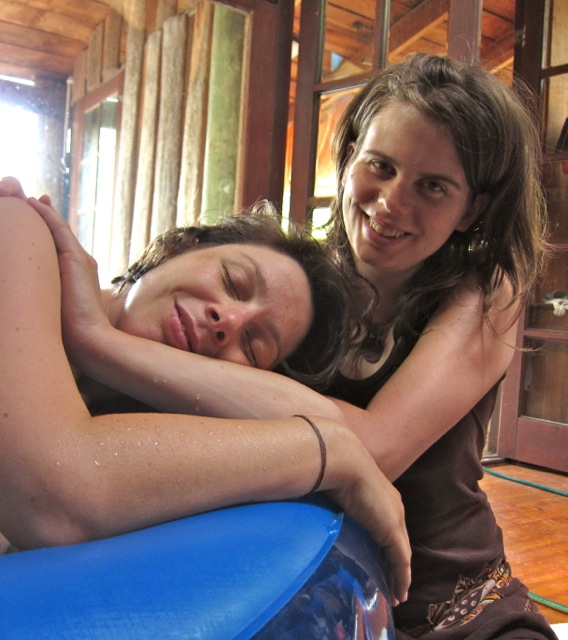
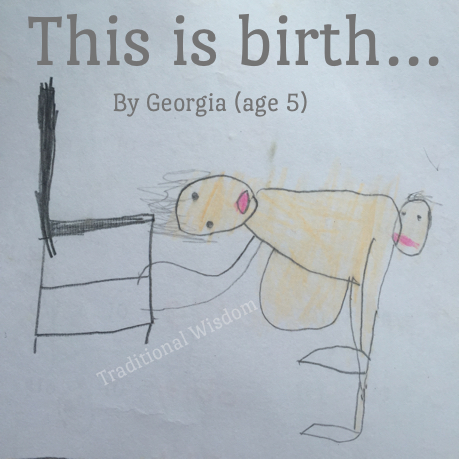
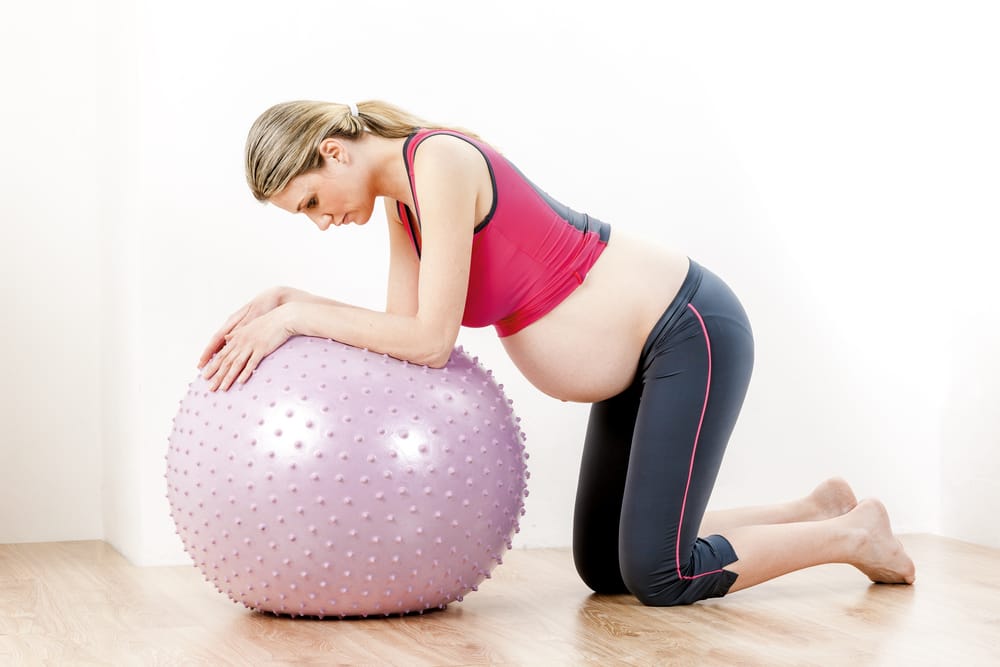
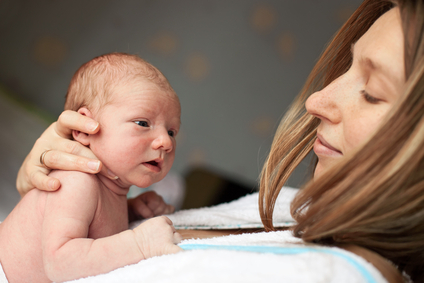
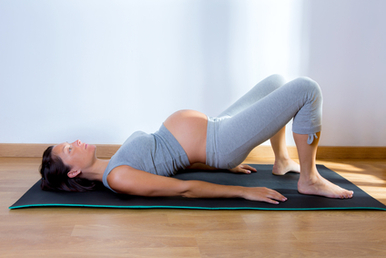
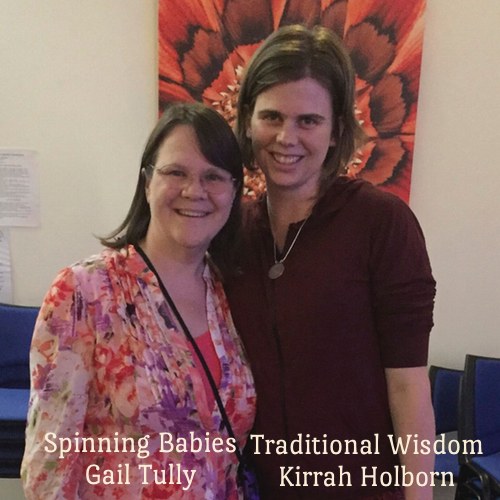
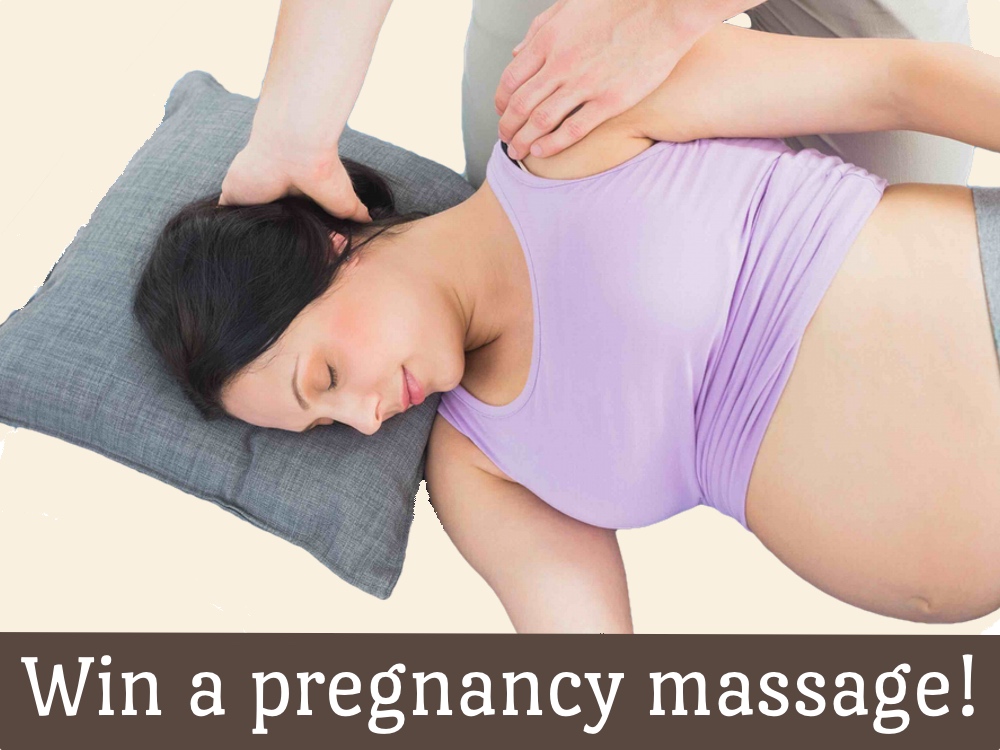
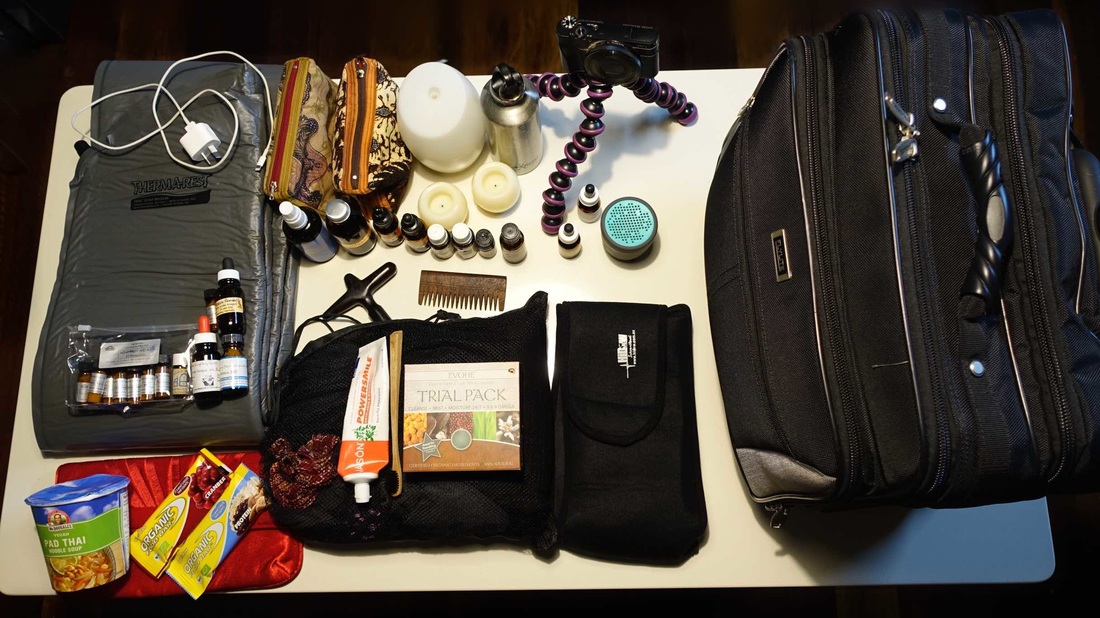
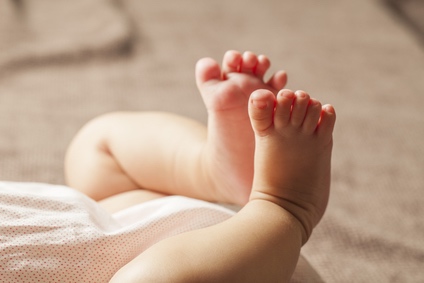
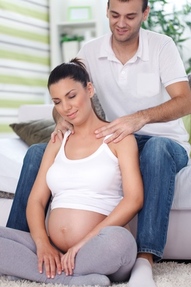
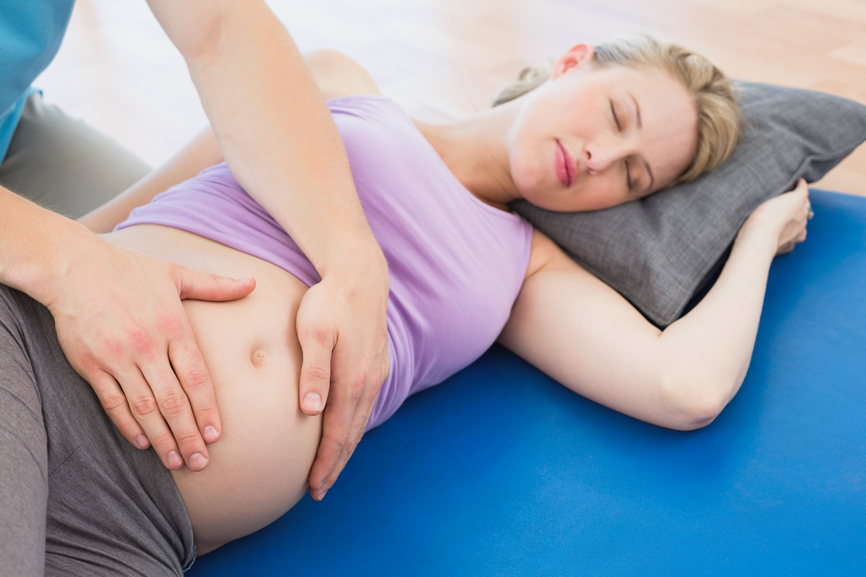
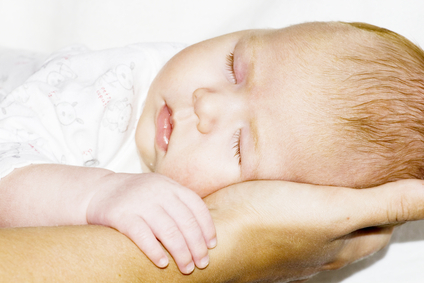
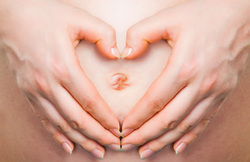
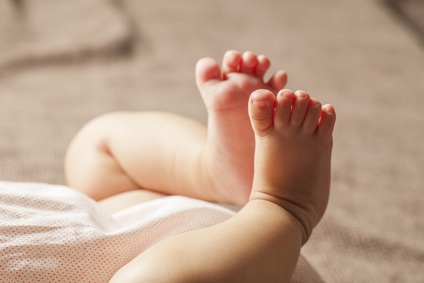
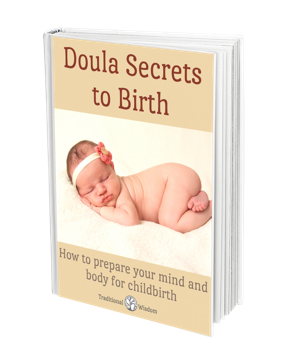
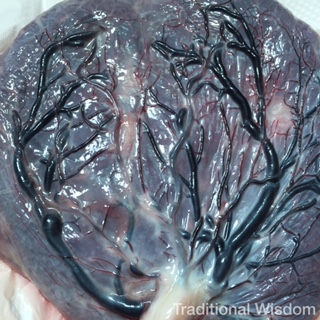
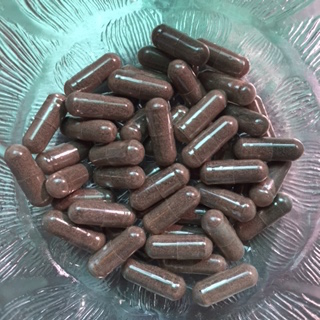
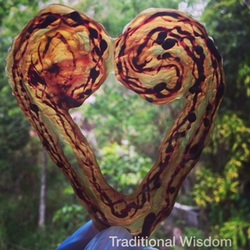
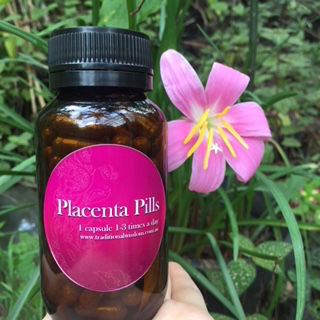
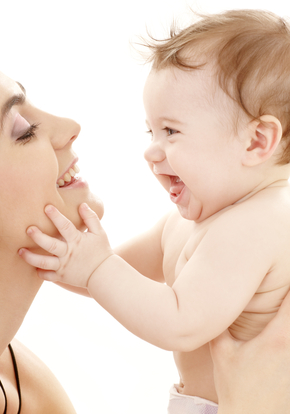
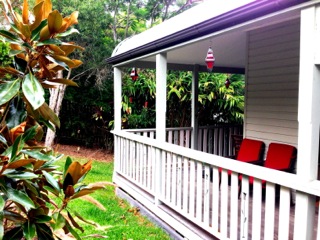
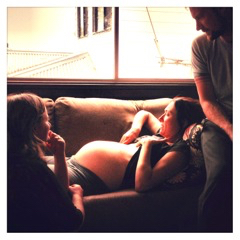
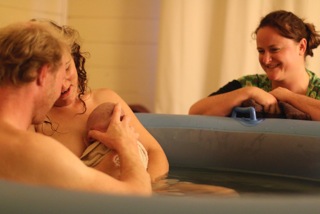
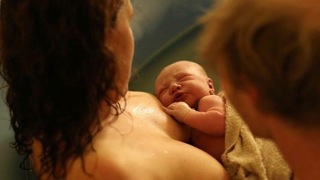
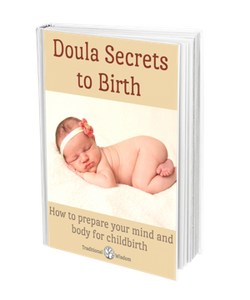
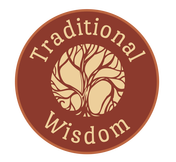
 RSS Feed
RSS Feed
